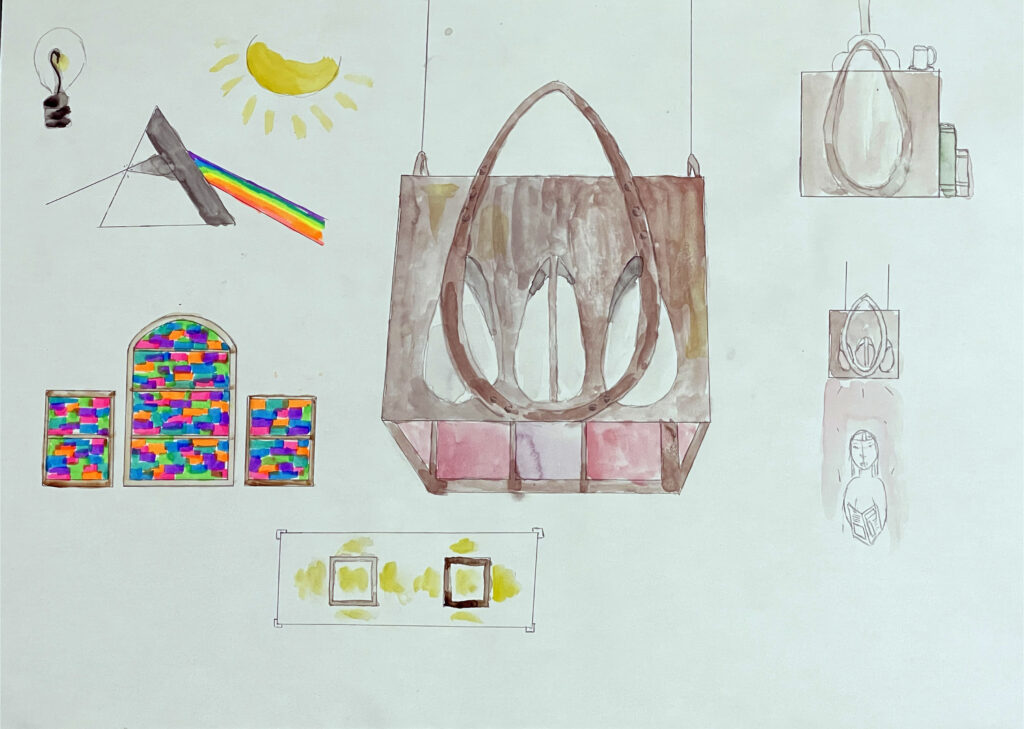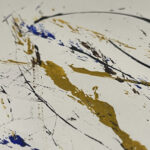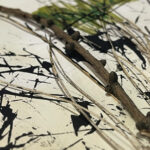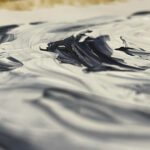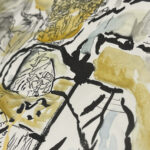Following last week’s work, I took these objects and looked at the past, present and future. Looking at either their materials, history, and what they could be made into, I have created A2 pieces expressing these.
Tunic from “12 unwearable dresses” (1967) by Pace Rabanne, I was first bought to this piece by the shine of the metal material. I was interested by how they created shadows and highlights through the squares of the tunic. Following this I looked at how and where the materials were sourced from and what the dress could be recycled into.
‘Recycled dress’
Full Grown Chair (2017) by Gavin Munro, after viewing this I researched how the chair was made which made me look at the details of the wood. I explored different limits of the chair throughout the A2 piece, looking at branches so where it came from. Then to its purpose using it for clothes, books and sitting. I drew a little sketch of my home with where the chairs are.
‘The chair that lives’
Light Fighting (1902) by Charles Rennie Mackintosh, this piece uses different materials for different light shadows across a room. I love the pink and purple glass panes, which reminded me of glass windows in a church and the coloured light coming down from them. I thought about where the light came through the different ideas of it and the use.
‘light makers’


